jodebg
Platinum Member
I decided to make a full scale model of this attachment
out out of scrap lumber. I'm really glad that I did. It allowed
me to see relationships (that I would not have other wise seen)
and make the corrections before sending this to the welder.
Being that I am not familiar with working with metal, I can use
some help in designing a way to mount the FEL brackets to the frame.
I am now using Creamer's fork design with square bottom rail and wrap
around c-clamp. See Post #137.
The upper frame is 2x2 tubular and the bottom rail is 3x3 tubular steel.
My goal is to make the FEL plates removable. They will add approx. 50lbs
to the attachment that I would like to be able to remove when not in use.
Sending 8 photos to give you an idea what it looks like
and what I thought may work?
Photo 1 is an overall front view showing the FEL mount on the right.
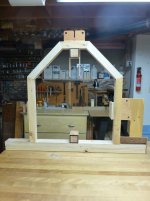
Photo 2 shows a close up view of the upper and lower welded mounts
and the FEL plate in place. These would be bolted together.
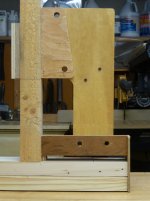
Photo 3 shows the 3x3 with a welded end plate on the outside. An angle iron is then welded
between this plate and the 2x2 tubular frame upright. This is the bottom support
for the FEL plate. Note that the angle iron is supended above the
3x3 rail. This space will allow the fork c-frame to be inserted and mounted in this outside
area. This will allow for complete adjustability from the center hitch receiver, all the way to
the outer welded end plates-minus the 2" space taken by the frame uprights.
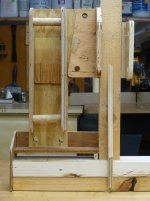
Photo 4 shows a side view of the 3x3 end plate. and the FEL bracket, above it.
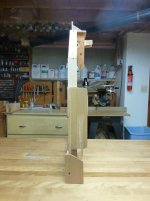
Photo 5 shows the lower link mounting plate that I modified to create a channel
where the FEL plate is inserted into the channel.
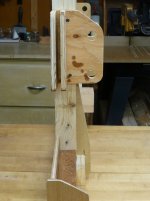
Photos 6&7 are of the FEL brackets welded to the mounting plate.
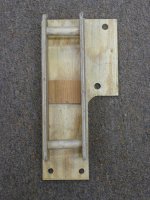
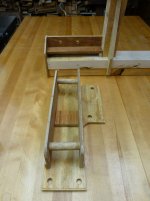
Photo 8 is a close up of the lower angle iron mount and the space for the c-clamp
to fit into. Note the verticle steel welded to the 2x2 upright as well as the 3x3 rail.
This may add strenght to the frame and rail design/torsion?
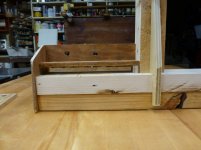
Well, there it is. Feel free to completely re-engineer.:thumbsup:
out out of scrap lumber. I'm really glad that I did. It allowed
me to see relationships (that I would not have other wise seen)
and make the corrections before sending this to the welder.
Being that I am not familiar with working with metal, I can use
some help in designing a way to mount the FEL brackets to the frame.
I am now using Creamer's fork design with square bottom rail and wrap
around c-clamp. See Post #137.
The upper frame is 2x2 tubular and the bottom rail is 3x3 tubular steel.
My goal is to make the FEL plates removable. They will add approx. 50lbs
to the attachment that I would like to be able to remove when not in use.
Sending 8 photos to give you an idea what it looks like
and what I thought may work?
Photo 1 is an overall front view showing the FEL mount on the right.

Photo 2 shows a close up view of the upper and lower welded mounts
and the FEL plate in place. These would be bolted together.

Photo 3 shows the 3x3 with a welded end plate on the outside. An angle iron is then welded
between this plate and the 2x2 tubular frame upright. This is the bottom support
for the FEL plate. Note that the angle iron is supended above the
3x3 rail. This space will allow the fork c-frame to be inserted and mounted in this outside
area. This will allow for complete adjustability from the center hitch receiver, all the way to
the outer welded end plates-minus the 2" space taken by the frame uprights.

Photo 4 shows a side view of the 3x3 end plate. and the FEL bracket, above it.

Photo 5 shows the lower link mounting plate that I modified to create a channel
where the FEL plate is inserted into the channel.

Photos 6&7 are of the FEL brackets welded to the mounting plate.


Photo 8 is a close up of the lower angle iron mount and the space for the c-clamp
to fit into. Note the verticle steel welded to the 2x2 upright as well as the 3x3 rail.
This may add strenght to the frame and rail design/torsion?

Well, there it is. Feel free to completely re-engineer.:thumbsup: